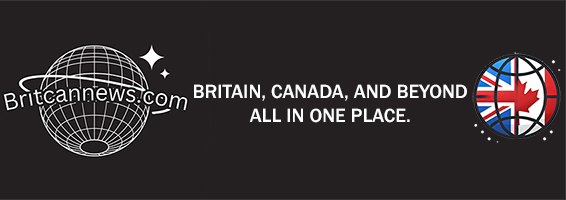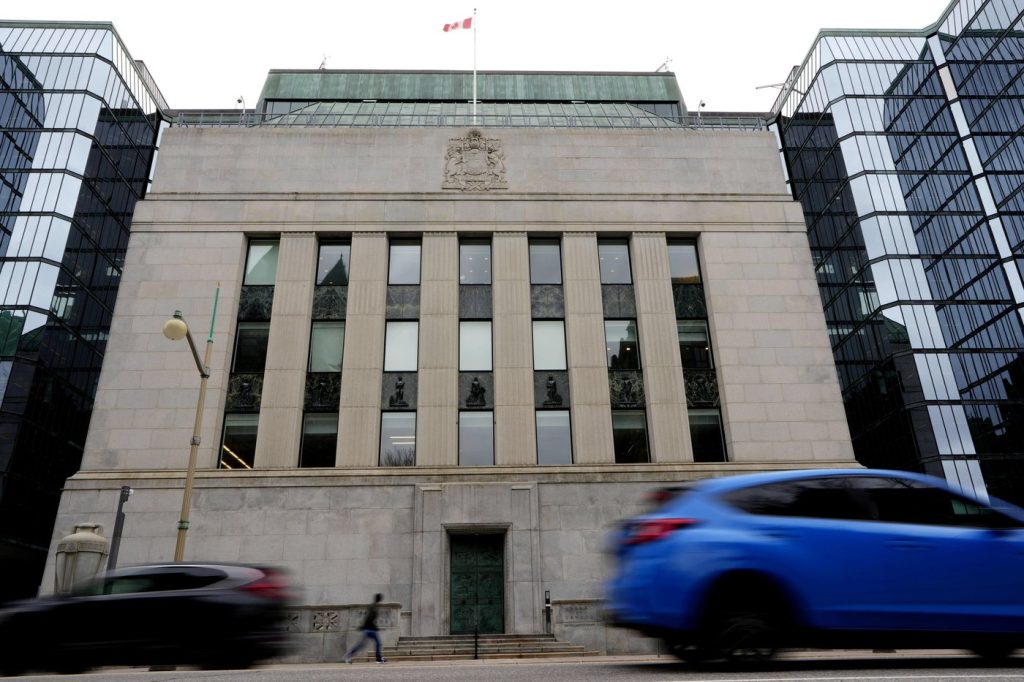OTTAWA – The Bank of Canada has been cautious regarding interest rate adjustments as it assesses the impact of U.S. tariffs on the Canadian economy. After implementing a quarter-point cut in March, the central bank maintained the benchmark interest rate at 2.75 percent during its meetings in April and June.
Recent employment data revealed unexpected job gains, and core inflation has stabilized around three percent. Consequently, most economists anticipate that the Bank of Canada will continue its current stance in its upcoming decision on July 30. The central bank typically lowers interest rates to stimulate spending and economic growth, while it keeps borrowing costs higher amid inflation concerns.
Forecasts suggest that the Bank of Canada might consider one or two additional quarter-point cuts in the near future. Advocates of lower rates argue that such measures would help mitigate the economic effects of ongoing trade tensions. However, RBC is among a minority of analysts advocating against further cuts for the time being.
Frances Donald, RBC’s chief economist, indicated that while the central bank might respond to economic weaknesses, such as a sluggish housing market and a downturn in tariff-affected sectors like manufacturing, it is also crucial to consider whether rate cuts would adequately address the specific challenges faced by the Canadian economy.
Donald elaborated by noting that rate cuts are a broad approach, impacting every Canadian market uniformly, without tailoring support to areas most in need. For instance, a region like Windsor, Ontario, where unemployment exceeds 11 percent, would receive the same stimulus from a rate cut as Victoria, British Columbia, which enjoys a much lower unemployment rate of 3.9 percent. This uneven impact raises questions about the appropriateness of rate cuts in such divergent economic landscapes.
Instead of relying solely on monetary policy, Donald advocated for more targeted fiscal policy from the government to assist regions like Windsor. Notably, the Bank of Canada has already enacted 2.25 percentage points in rate cuts over the past year, and this support is just beginning to take effect throughout the economy.
According to Donald, the central bank could now pass responsibility to the federal government without needing to implement further rate cuts, unless a broader economic downturn becomes evident. RBC maintains a more optimistic outlook compared to other forecasters, predicting an uptick in growth due to solid consumer spending and a projected resurgence in business confidence.
On the other hand, Oxford Economics posits that Canada might currently be in a recession that could persist throughout the year, forecasting that job losses will worsen in the coming months while also anticipating inflation to rise to three percent by mid-2026 due to tariffs and related supply-chain disruptions. They argue that the Bank of Canada will need to maintain its policy rate despite growth stagnation caused by the trade war.
Donald emphasized that Canadians are still recovering from significant affordability issues that emerged during the pandemic. She anticipated that the central bank would be cautious in its approach to avoid triggering a new wave of inflationary pressures.
BMO forecasts three additional interest rate cuts, the last of which is expected to occur in March of the following year. However, BMO's chief economist Doug Porter acknowledged that the case for decreasing rates further is growing weaker. He noted that the financial markets currently predict only one more rate cut, as the federal government is expected to increase spending on defense and infrastructure projects in the near term, alleviating some pressure on the Bank of Canada to continue cutting rates.
Stephen Brown, deputy chief North America economist at Capital Economics, expressed skepticism regarding the notion that the central bank has completed its cycle of rate cuts, especially with the unemployment rate lingering near seven percent and overall economic output remaining below potential. He sees a likely scenario where the policy rate drops to 2.25 percent as part of the continued efforts to support the economy amid ongoing trade uncertainties.
Donald contended that the Bank of Canada is well-positioned at its current rate of 2.75 percent, as it can either lower rates if required or maintain them if inflation remains an issue. She does not foresee imminent interest rate hikes but advocates for the central bank’s flexibility in adapting to forthcoming economic developments, suggesting a continuation of the current rate for potentially one to two years until the next economic shock occurs.










